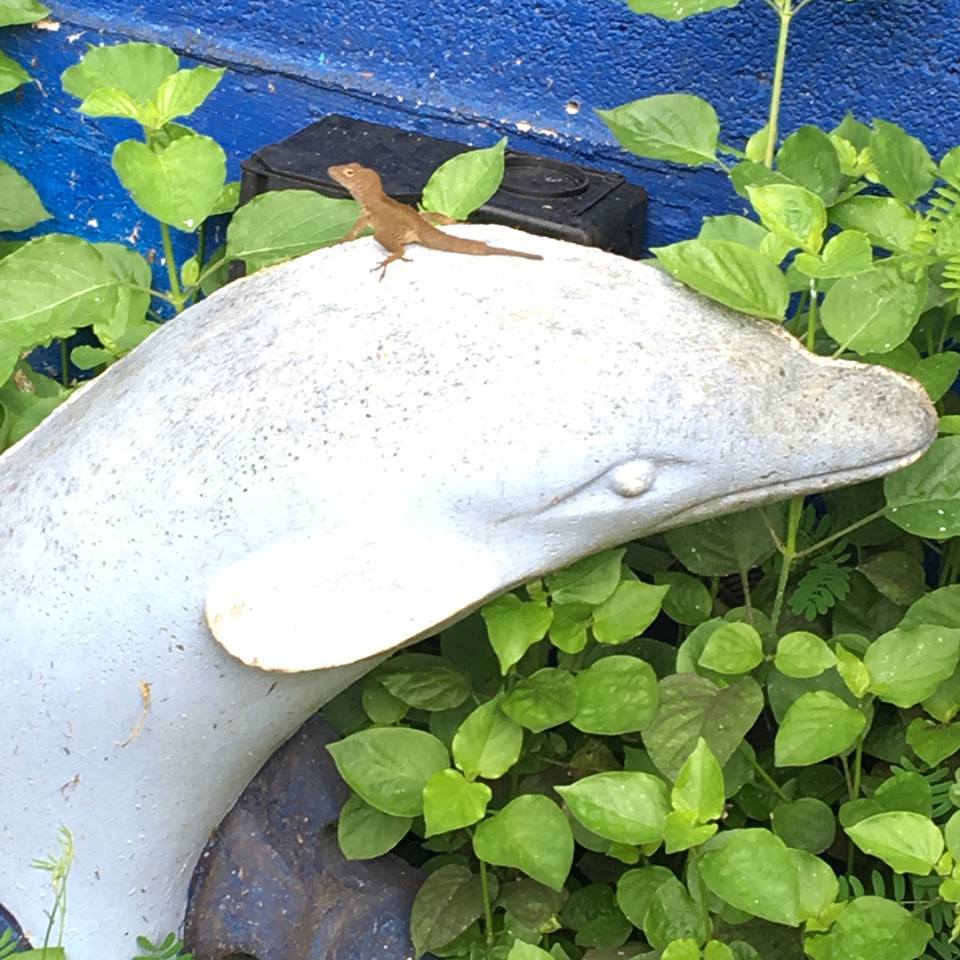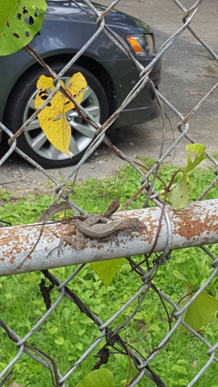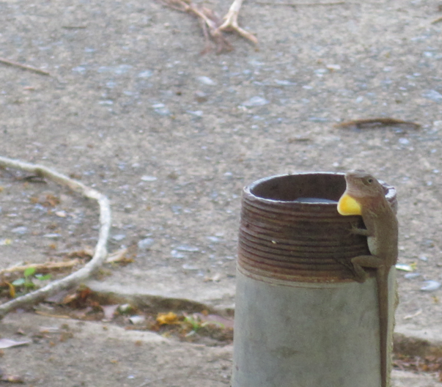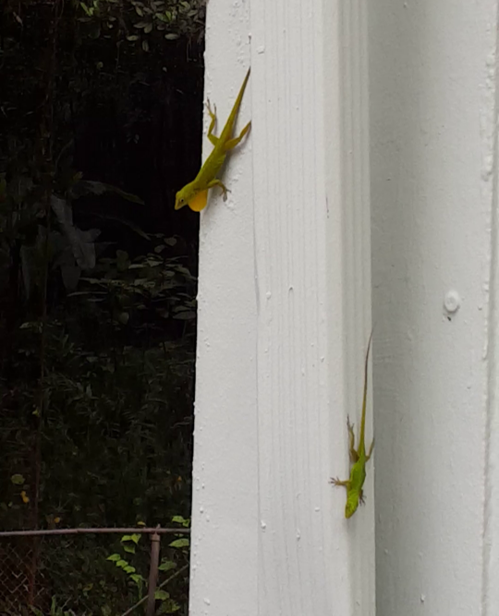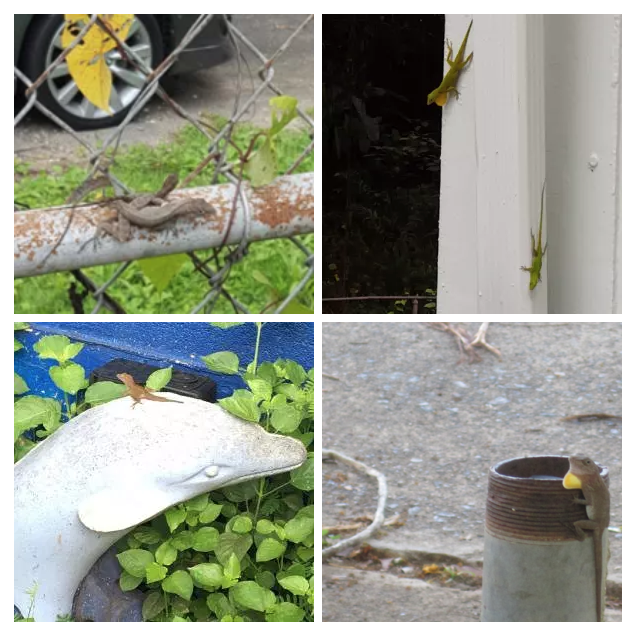Cryptic eco-evolutionary feedback in the city: Urban evolution of prey dampens the effect of urban evolution of the predator Kristien I. Brans, Nedim Tüzün, Arnaud Sentis, Luc De Meester, Robby Stoks Abstract Most research on eco-evolutionary feedbacks focuses on ecological consequences of evolution in a single species. This ignores the fact that evolution in response... Continue Reading →
New Lit Alert: Unexpected dispersal of Australian brush-turkeys (Alectura lathami) in an urban landscape
Unexpected dispersal of Australian brush-turkeys (Alectura lathami) in an urban landscape MATTHEW J. HALL, JOHN M. MARTIN, ALICIA L. BURNS, AND DIETER F. HOCHULI Abstract Australian brush-turkeys (Alectura lathami) are atypical urban colonising birds due to their poor flight and dispersal ability, ground foraging and nesting behaviour, and lack of parental care for their chicks.... Continue Reading →
New Lit Alert: Activity patterns and behavior of Myocastor coypus in a gated community in the metropolitan area of Buenos Aires (Argentina)
Activity patterns and behavior of Myocastor coypus in a gated community in the metropolitan area of Buenos Aires (Argentina) Magdalena Salas, Julio C Hernandez-Hernandez, Martín Iglesias, María J Corriale Abstract Anthropization processes confront local wildlife with a new set of conditions that may lead to local extinctions or allow the expansion of some species. This... Continue Reading →
New Lit Alert: Effects of urbanization on the trophic niche of the brown anole, a widespread invasive lizard
Effects of urbanization on the trophic niche of the brown anole, a widespread invasive lizard Zachary A.Chejanovski, Sean T.Giery, Jason J.Kolbe Abstract Urbanization is one of the most dramatic forms of environmental change with the potential to alter trophic relationships among organisms in cities. In this study, we combine gut-content and stable isotope analyses of... Continue Reading →
Do hurricanes rock lizards harder in the city?
Hurricanes can shape ecosystems, but little is known about how they affect urban populations. This study compared 3 urban and forest sites in Puerto Rico in the months following Hurricane Maria. They found that populations of Anolis cristatellus both increased and decreased in population size after the storm. But populations closest to the point of landfall had the largest consistent population growth throughout the study period.
SEEP: Integrating society, ecology, evolution, and plasticity to advance urban evolutionary ecology
In the first SEEP workshop urban evolutionary ecologists discussed collaborations with the network of Long Term Ecological Research Stations (LTER) to integrate human socio-cultural dynamics in studies of urban ecology and evolution. The field of urban evolution has only recently begun to incorporate the social dynamics of urban communities as an important covariate shaping ecology... Continue Reading →
New Lit Alert: Linking genetic structure, landscape genetics, and species distribution modeling for regional conservation of a threatened freshwater turtle
Linking genetic structure, landscape genetics, and species distribution modeling for regional conservation of a threatened freshwater turtle Eric M. McCluskey, Vijay Lulla, William E. Peterman, Kinga M. Stryszowska-Hill, Robert D. Denton, Anthony C. Fries, Tom A. Langen, Glenn Johnson, Stephen W. Mockford & Rusty A. Gonser Abstract Regional conservation efforts should incorporate fine scale landscape... Continue Reading →
New Lit Alert: Downtown diet: a global meta-analysis of increased urbanization on the diets of vertebrate predators
Downtown diet: a global meta-analysis of increased urbanization on the diets of vertebrate predators Siria Gámez, Abigail Potts, Kirby L. Mills, Aurelia A. Allen, Allyson Holman, Peggy M. Randon, Olivia Linson and Nyeema C. Harris Abstract Predation is a fundamental ecological process that shapes communities and drives evolutionary dynamics. As the world rapidly urbanizes, it... Continue Reading →
New Lit Alert: No evidence for innate differences in tadpole behavior between natural, urbanized, and invasive populations
No evidence for innate differences in tadpole behavior between natural, urbanized, and invasive populations Max Mühlenhaupt, James Baxter-Gilbert, Buyisile G. Makhubo, Julia L. Riley & John Measey Abstract Animals are increasingly challenged to respond to novel or rapidly changing habitats due to urbanization and/or displacement outside their native range by humans. Behavioral differences, such as increased boldness (i.e., propensity for risk-taking), are often observed in animals persisting in novel environments; however, in many cases, it is unclear how these differences arise (e.g., through developmental plasticity or evolution) or when they arise (i.e., at what age or developmental stage). In the Guttural Toad (Sclerophrys gutturalis), adult urban toads from both native and invasive ranges are bolder than conspecifics in natural habitats. Here, we reared Guttural Toad tadpoles in a common garden experiment and tested for innate differences in boldness across their development and between individuals whose parents and lineage came from rural-native, urban-native, and urban-invasive localities (i.e., origin populations). Tadpoles did not differ in their boldness or in how their boldness changed over ontogeny based on their origin populations. In general, tadpoles typically became less bold as they aged, irrespective of origin population. Our findings indicate that differences in boldness in free-living adult Guttural Toads are not innate in the tadpole stage and we discuss three possible mechanisms driving phenotypic divergence in adult boldness for the focus of future research: habitat-dependent developmental effects on tadpole behavior, decoupled evolution between the tadpole and adult stage, and/or behavioral flexibility, learning, or acclimatization during the adult stage.
A New Hope for Urban Pit Building Insects
A pit-fall is only as good as the location is deployed. Cities can provide large shaded areas with a layer of soil suitable for trap building. Check out our blog to find out how Wormlion larvae use walls to deploy the perfect pit-fall trap.
City Lizards Hold Their Footing Against a Category 5 Hurricane
Although species will face the challenges of ongoing urbanization and extreme climate events, we know very little about how these disturbances interact. For example, the response to hurricanes has largely been documented for species in their natural habitat. Thus, how urban taxa will respond to hurricanes remains largely unknown. Read on to find out how the anole lizard in Puerto Rico responded to Hurricane Maria for both urban and forest populations.
Juggling a Junk Food Diet: Urban Birds Go on a Diet on Weekends Due to Less Availability of Junk Food
Have you ever found yourself wishing that the cafeteria was opened on weekends? Well apparently so have the birds! Read on to find out how weekly fluctuations in the availability of human food affect the foraging behavior of urban birds.
Skirting Skinks: Are Lizards Learning to Live Among Humans?
You can't live near humans if you're afraid. Fleeing constantly can be very costly, so generally animals near humans tend to become accustomed to them. A new research compares skinks in Mo'orea island to see if their escape response varies and if skinks living with more humans have adjusted their responses accordingly.
No city for shy dog: Urban coyote are bold and explore more
Coyote have widely colonized every mayor city in the United States. A new study asks what behaviors urban coyotes exhibit and what this might tells us about the process facilitating their success in the city.













